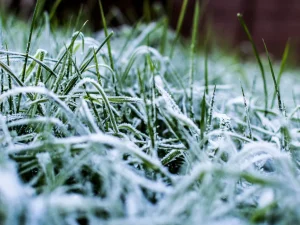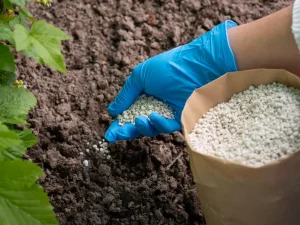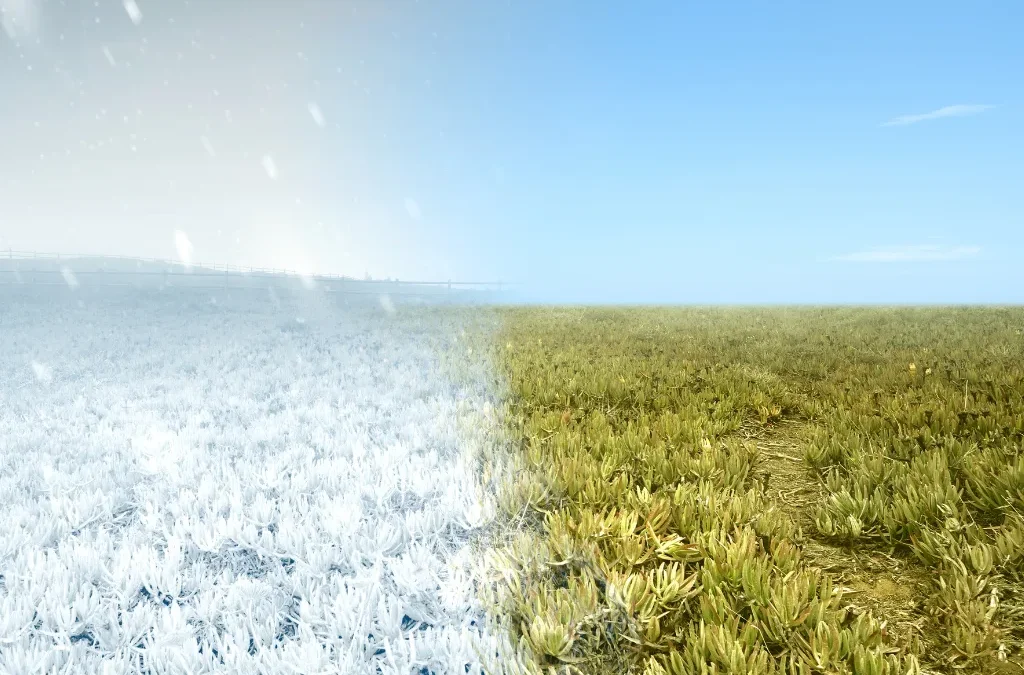Winter isn’t an ideal season for plant life. The cold weather and shorter days cause plants to enter a dormant state, where they work to conserve energy. That’s why, during the winter, you see many plants are leafless or bare. Although natural plants have their own ways of surviving the winter, we, as homeowners, must still engage in winter lawn care to keep our grass healthy throughout all seasons. Read on to know more about ways to take care of our winter grass.
Understanding Pittsburgh’s Winter and Its Impact on Your Lawn
Pittsburgh experiences cold, cloudy, and snowy winters, with January typically being the coldest month, averaging a low of 23°F and a high of 39°F. Furthermore, the city receives an average of 44 inches of snowfall. With winters such as in Pittsburgh, the climate stresses the lawn, resulting in physical damage from heaving and ice, as well as the cold.
Why Winter Lawn Care Matters
 Winter lawn care is crucial for the survival of grass through winter and into the next season, as during these cold months, the plants are not only dormant but also experiencing stress. If not correctly cared for, this stress can prevent the grass from thriving.
Winter lawn care is crucial for the survival of grass through winter and into the next season, as during these cold months, the plants are not only dormant but also experiencing stress. If not correctly cared for, this stress can prevent the grass from thriving.
Remember that there’s a difference between surviving and thriving. While grasses such as Kentucky Bluegrass and Perennial ryegrass can survive sub-freezing temperatures through their dormant state, neglecting them means it will be harder for them to recover when the warmer months arrive, such as in Spring.
Step-by-Step Winter Lawn Care Guide
1. Clean & Prep Your Lawn Before The First Frost
Get started early with cleaning and prepping your lawn before the first frost arrives. This is to ensure the grass in your lawn is free of debris, which could otherwise trap moisture and encourage snow mold.
Rake up leaves and other accumulated thatch, and mow your grass to a height of around 2.5 inches, so that matting doesn’t occur under snow. Next, move any lawn furniture or toys to prevent creating dead spots, and treat pests or weeds to avoid weakening the turf as winter approaches.
2. Aerate Your Soil for Better Airflow and Water Absorption
Aerating your soil alleviates soil compaction caused by heavy traffic, allowing for better airflow and the absorption of water and nutrients to the roots during dormancy. Use a core aerator to punch holes, around 3 inches deep and 4 inches apart, on the entire lawn.
Ideally, you want to do this when the soil is slightly moist, like after a light rain. After the process, soil plugs may be left on the surface. You can leave them to break down naturally, or if they’re excessive, rake them.
Aerating is a crucial step in winter lawn care because it helps improve drainage, reduces the risk of thaw-freeze cycles in spring, and promotes robust growth.
3. Fertilize for Strong Roots During Dormancy
 Fertilization during dormancy strengthens the roots without promoting top growth, which could be damaged by the cold. Apply winter fertilizers that are high in potassium and slow-release nitrogen before the ground freezes.
Fertilization during dormancy strengthens the roots without promoting top growth, which could be damaged by the cold. Apply winter fertilizers that are high in potassium and slow-release nitrogen before the ground freezes.
Read the labels on the package and follow the instructions on how much to use, then spread the mixture evenly. After fertilizing, lightly water the grass to help activate the nutrients. Effectively fertilizing your lawn now helps make it lush and green for spring.
4. Manage Leaves and Snow Properly
Once the winter weather finally arrives, monitor your lawn and continue taking care of it by regularly removing debris and leaf accumulation from the grass. Failing to keep your lawn clear of these elements may result in ideal conditions for mold to grow.
When the snow finally falls, ensure it isn’t piling up heavily in one spot. Spread them evenly and use a shovel to prevent tearing the dormant turf. Also, avoid stepping on the grass to prevent compaction and damage to the crown. And if ice is forming, you don’t want to use a salt-based de-icer, as this can harm the grass. A better option is sand or kitty litter for traction.
5. Protect Your Lawn Equipment
The wet winter season can also be damaging to your lawn equipment if proper storage isn’t done. Exposing your equipment and tools to the cold and snow can result in rust and other damage that can be costly to repair. Store your equipment in a dry, sheltered place, such as a garage or shed. Moreover, clean your tools regularly. For battery-powered equipment, remove the batteries and store them in a cool, dry place at a temperature of around 50–60°F.
Preparing For A Lush Spring Lawn
The winter season is a challenging time for plant life. However, they have a natural mechanism to help them survive harsh climates such as winter in Pittsburgh. However, if you’d like your lawn to not only survive but also thrive, especially in seasons after winter, such as spring, preparing and taking care of your lawn should start now, before freezing temperatures arrive.

Clear your lawn of clutter, aerate the soil to improve aeration and nutrient absorption, fertilize for root strength, monitor the lawn’s condition throughout winter, and protect your equipment to ensure it remains in good condition when its assistance is required. Going through all the steps for winter lawn care can ensure your grass thrives and turns green and lush for the next season ahead.
Contact Johnson’s Ace for more tips on how to take care of your lawn and any other house chores, as well as equipment and tools to help you achieve maximum results! Your winter lawn care starts at Johnson’s Ace.


Recent Comments